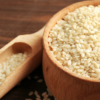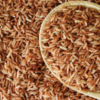Mustard oil is extracted from the mustard seed through steam distillation. This essential oil has different connotations depending on where you are. It is widely used in Asian cuisine, particularly in India and Bangladesh.
However, in Western countries, it is not considered safe to consume and is known to be toxic. It is sold as a massage oil in some countries but is not considered edible. Whatever its reputation, it has numerous health benefits and can be used safely by anyone.
Mustard Oil Composition
It is a healthy edible oil high in MUFA and PUFA. It has a strong odor and a pungent, sharp flavor and is a reddish-brown or amber liquid. Mustard oil’s pungency is due to the presence of allyl isothiocyanate.
Here are nine benefits of mustard oil and some simple ways to use them.
1. Cardioprotective Properties
Patients with Myocardial Infarction (MI) who used mustard oil had fewer arrhythmias, heart failure, and angina. As a result, It is considered a risk-free alternative for cardiovascular disease patients.
The essential fatty acids present in it have been shown to benefit the body. It lowers LDL and HDL cholesterol, triglycerides, blood pressure, and inflammation, improves vascular function, and reduces the risk of sudden death.
2. Reduces Cold and Cough
Since ancient times, it has been used to treat colds, coughs, and other respiratory illnesses and allergies. Inhaling mustard oil-laced steam has been shown to relieve respiratory congestion. Also, when massaged on our feet and chest, a concoction made by heating mustard oil, a few cloves of garlic, and one teaspoon of ajwain provides relief from cold and cough. It may also be beneficial to patients suffering from sinusitis.
Tip-A teaspoon of mustard oil and honey can help with various respiratory problems.
3. Anti-bacterial, Anti-fungal & Anti-carcinogenic Properties
Glucosinolate, found in mustard oil, has antibiotic, fungicidal, and cancer-preventive properties. As a result, it helps to protect us from colorectal and gastrointestinal cancers.
4. Strengthens Red Blood Cells
It contains all the fats our bodies need to perform various biological functions, including plasma, cell lipids, and cell membrane components. It lowers cholesterol and improves the structure of red blood cell membranes (RBC).
5. Acts as a Stimulant
It is a natural stimulant that stimulates our sweat glands, improving blood circulation throughout the body. It also helps with body temperature regulation and toxin removal. Increasing blood circulation throughout the body relieves and revitalizes stressed and overworked muscles.
6. Relief from Joint Pain & Arthritis:
A daily massage with mustard oil soothes aching muscles and joints. Due to the presence of Omega-3 fatty acids, which help to relieve stiffness and pain caused by arthritis, a mustard oil massage is also beneficial to arthritis patients.
7. Immunity Booster:
Our body’s needs determine the composition of mustard oil. This oil contains 7% saturated fat and a high concentration of monounsaturated fatty acids. It also includes a high amount of linolenic acids. The ideal ratio of omega-3 and omega-6 fatty acids and vitamin E provides the required nutritional value while boosting our immune system.
8. Reduces Diabetic Hazards:
Vitamin E is alpha-tocopherol found in this oil and has been shown to help control diabetic risks.
9. Boosts Appetite
It is highly beneficial and can be consumed by underweight people. It stimulates your Appetite by pumping your stomach and facilitating the secretion of gastric juices and bile, which are known to cause a feeling of hunger.
Tip- When added to pickles and chutneys, it acts as a preservative.
Uses Of Mustard Oil

Effective Massage Oil
Massage with mustard oil in infancy promotes growth and sleep afterward. Massage with this oil improves weight, length, and midarm and midleg circumferences in infants compared to infants who did not receive massage. We can massage our entire body with mustard and coconut oil.
Promotes Oral Health
It strengthens your gums and makes plaque removal more manageable. Plaque is typically formed by bacteria that are encased in fatty membranes. Swishing mustard oil around our mouths can help loosen fat-soluble bacteria and prevent gum bleeding.
Amazing Hair
It contains alpha fatty acids, which keep our hair hydrated and lively while promoting faster growth. It is also high in antioxidants, minerals such as iron, calcium, and magnesium, and vitamins such as A, D, E, and K, all of which benefit hair growth. Its antifungal properties help to keep fungus and dandruff at bay on our scalp.
Good for Our Skin
It contains vitamins B, A, and E, calcium, protein, and omega-three fatty acids. This aids in the reduction of fine lines and wrinkles. It also aids in the removal of tan from the skin. If you have chapped lips, it can help. This oil’s antibacterial and antifungal properties keep acne at bay and our skin clean and glowing.
Used as a Mosquito Repellent
Its pungent and robust odor makes it a natural mosquito repellent. Apply a few drops of mustard oil to your skin to repel mosquitos.
Helps Blood Circulation
According to Ayurveda, using mustard oil for body massage improves blood circulation and skin texture and releases muscular tension. It also stimulates sweat glands, which aids in the elimination of toxins from the body. As a result, it serves as a natural cleanser.
Side Effects of Using Mustard Oil
- Erucic acid is found in this oil. According to research, high enough doses of erucic acid have toxic effects on the heart.
- Long-term topical application of this oil to the skin can be harmful. It can even result in minor to severe skin blisters.
- Excessive consumption of this oil can lead to rhinitis, a condition in which the mucous membrane becomes inflamed.
- Pregnant women should avoid consuming this oil because it contains a few chemical compounds harmful to both them and the developing fetus
In the end, we can say that it is excellent in moderation, providing amazing health benefits. ZZorganic conveys the need for an organic shift and represents purity and authenticity. We have pledged to provide our customers with the best organic oils in the market, as well as cold-pressed Mustard Oil and cold-pressed Flaxseed oil. Order now Healthy Groceries List. Place an order for Bulk organic food online and buy groceries online from ZZorganic.


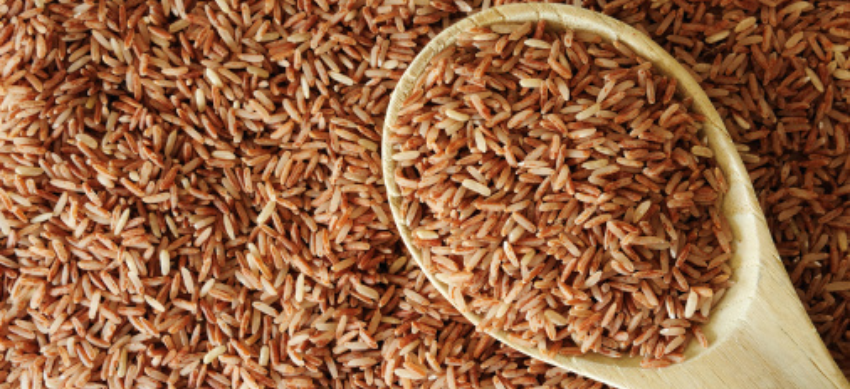

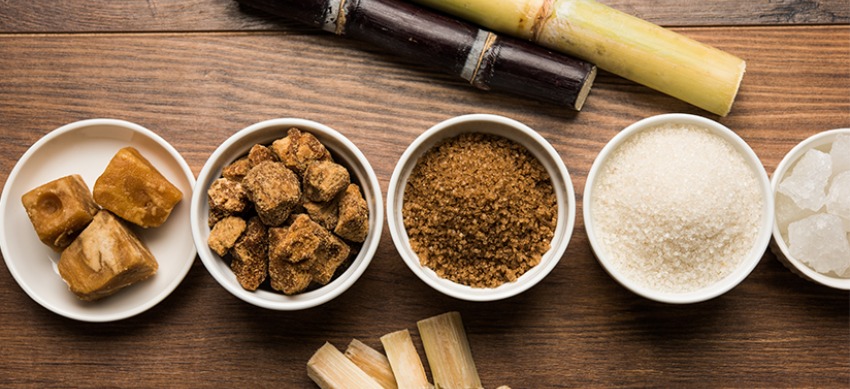




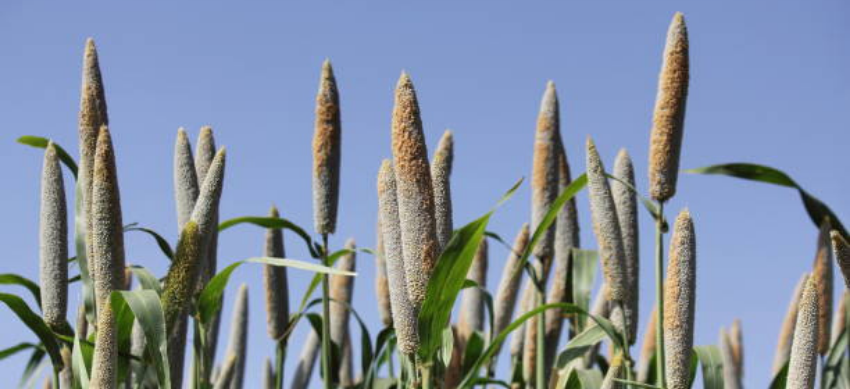


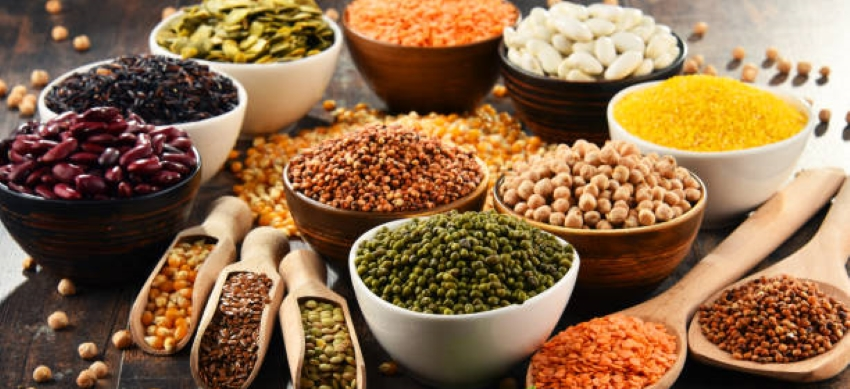



 Organic food is safer to ingest and more nutritious. Still, it also benefits the environment and society, so choosing organic is the best choice. Avoiding chemicals and pesticides is beneficial for the environment and our farmers’ livelihoods. This is the only one of the numerous ways that we can make a difference in terms of pollution reduction.
Organic food is safer to ingest and more nutritious. Still, it also benefits the environment and society, so choosing organic is the best choice. Avoiding chemicals and pesticides is beneficial for the environment and our farmers’ livelihoods. This is the only one of the numerous ways that we can make a difference in terms of pollution reduction.
